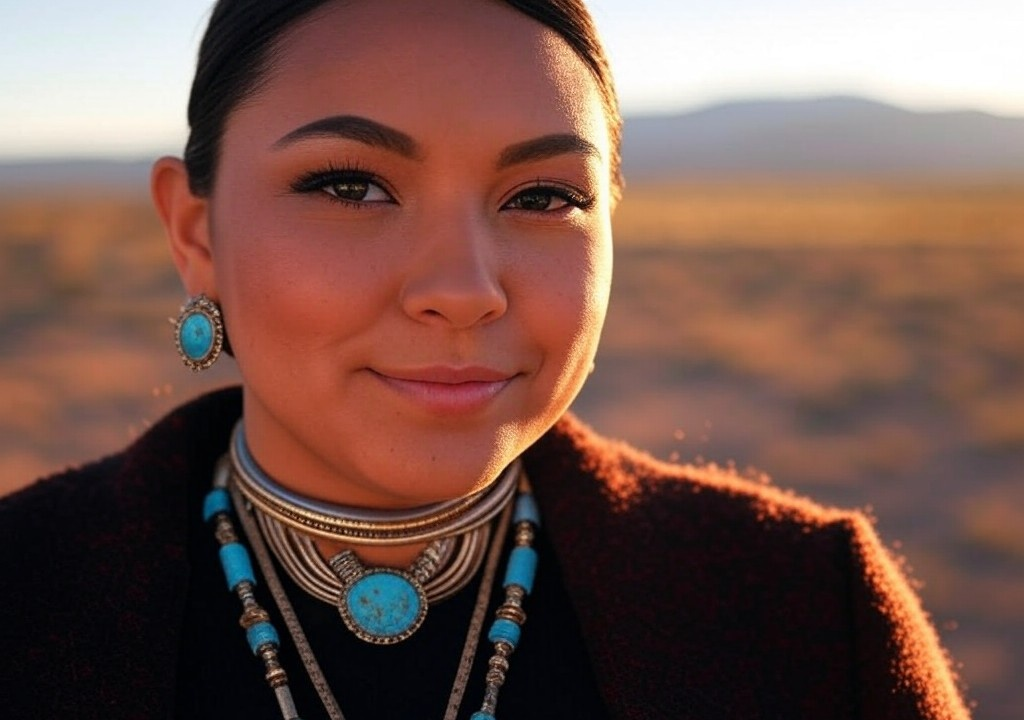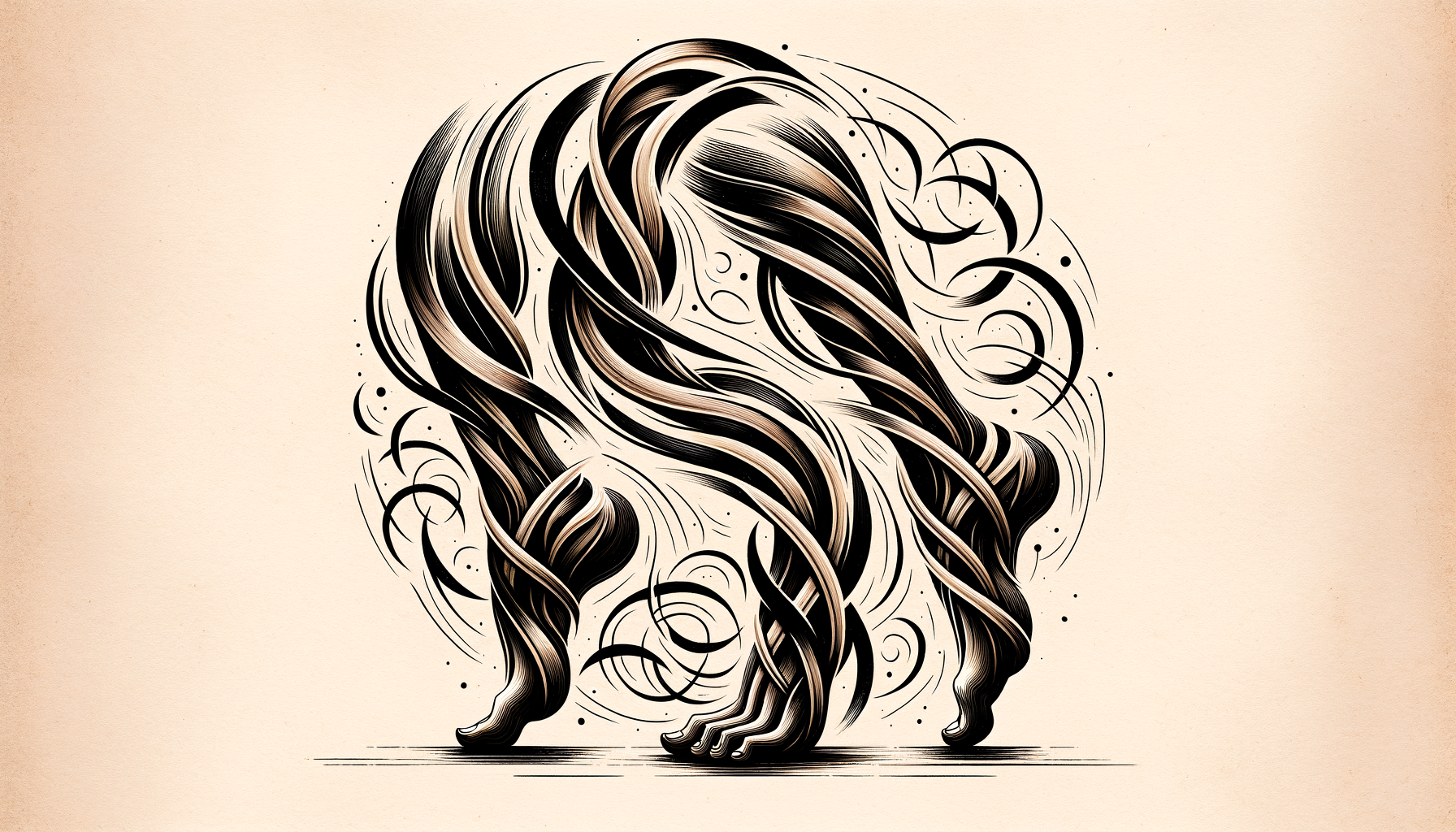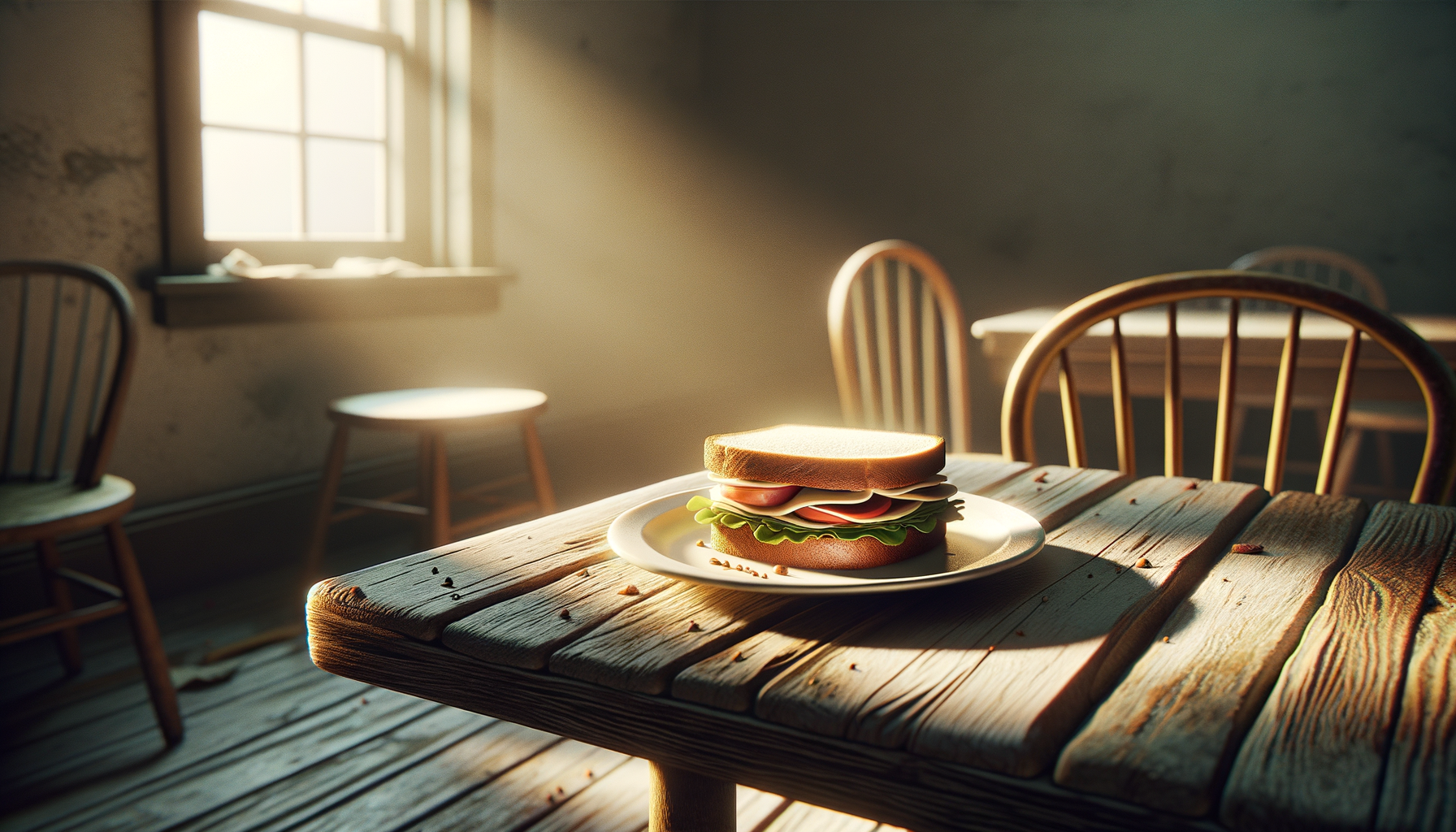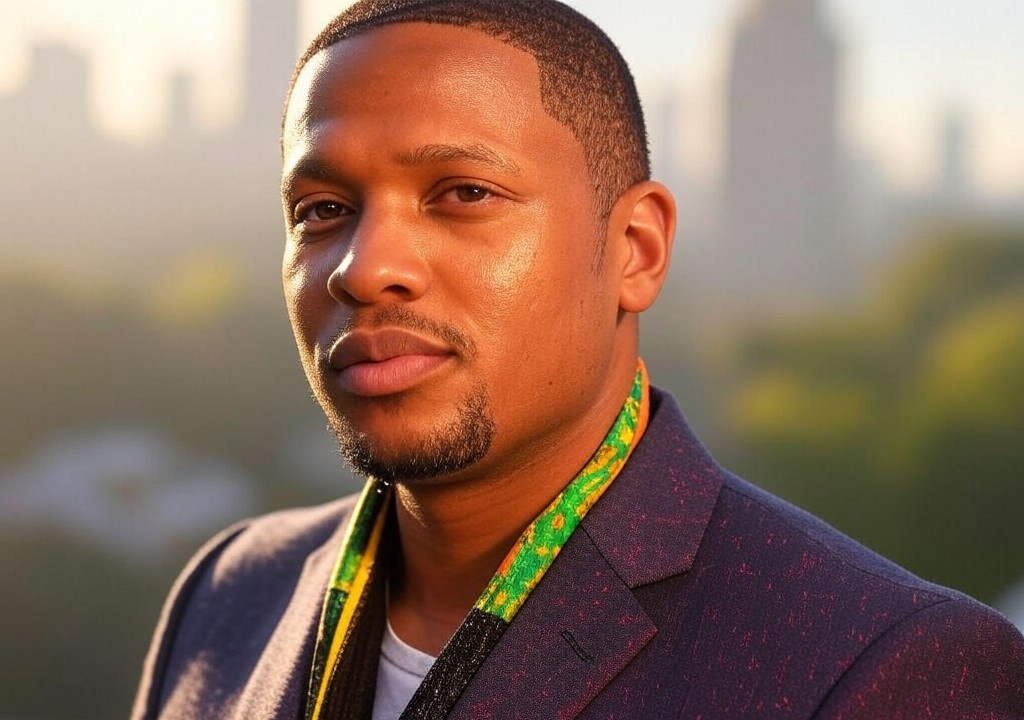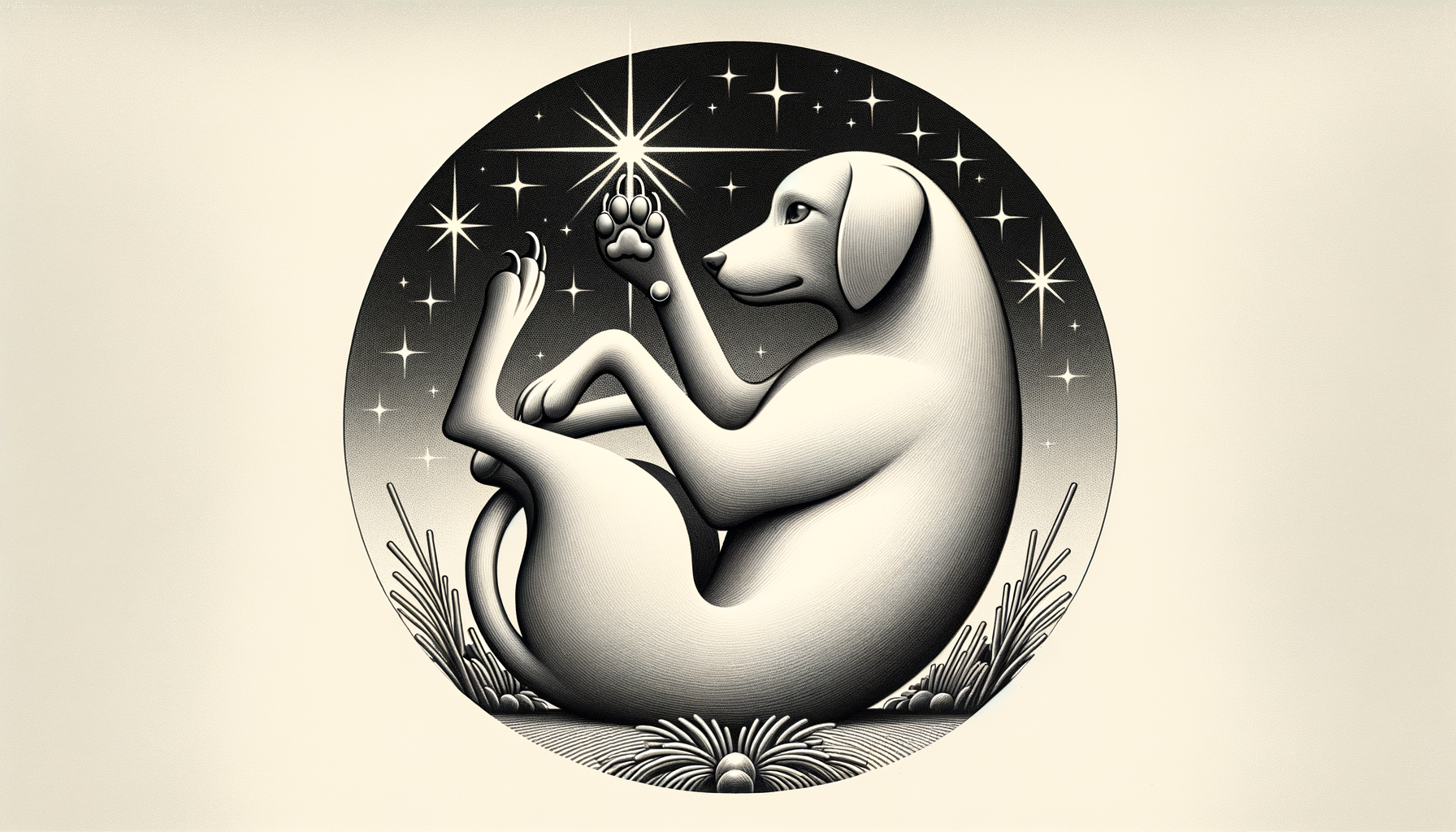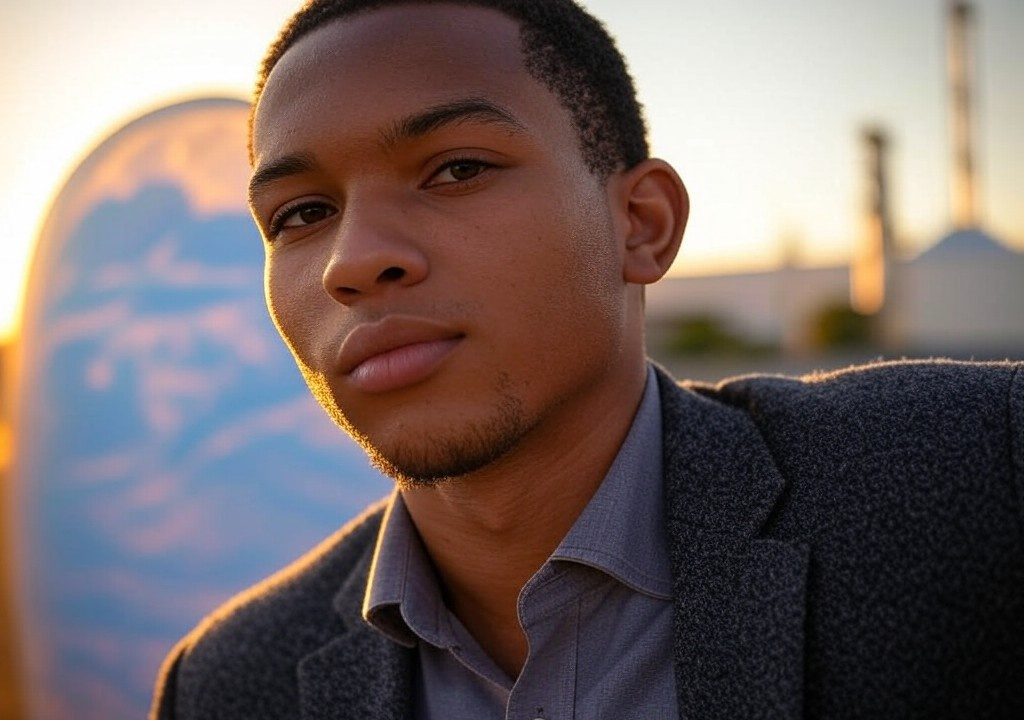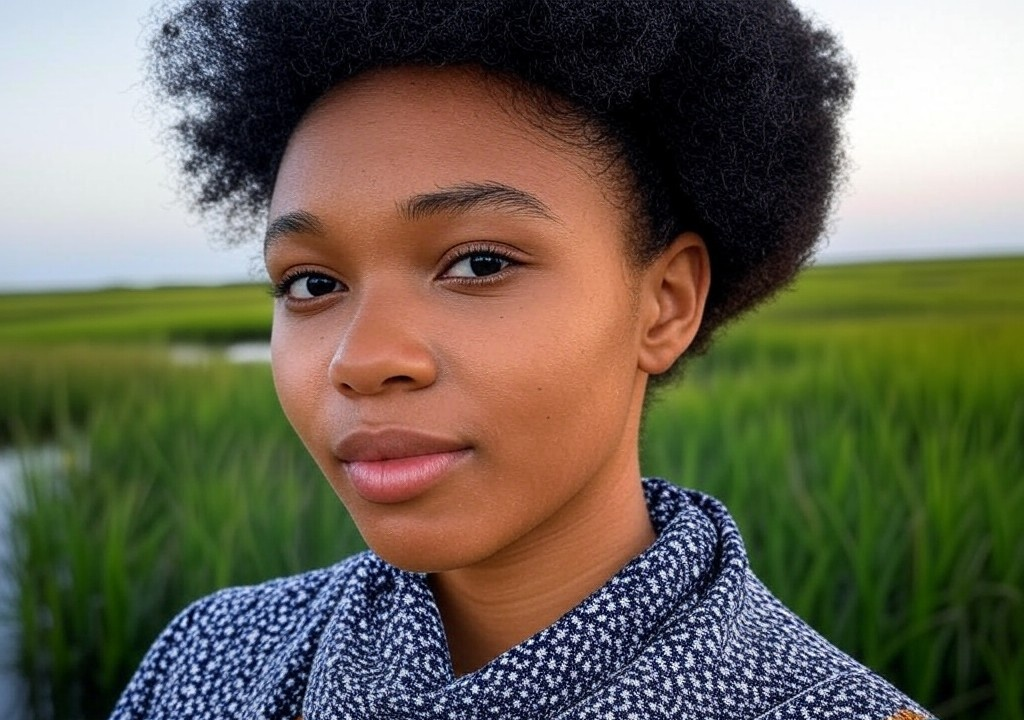Growing up, I had a fear that most people probably wouldn’t believe could be debilitating: being truly seen by others. Not the “seen” that comes from standing in front of a crowd or commanding the room with an epic karaoke rendition of Fleetwood Mac (though, for the record, I crush “Rhiannon”). No, I mean emotionally seen. That low-key terrifying moment when someone—whether a date, a close friend, or even a stranger—gets a little too close to the truth of who you are, exposing parts you’re not sure you’re ready to share. Vulnerability wasn’t just uncomfortable for me; it felt like walking barefoot through cactus patches. Painful, awkward, and something I avoided at all costs.
The irony? I spent most of my life in cultures where being seen is the fabric of existence. Among my family on the Navajo Nation, life revolved around shared labor, storytelling, and ceremonies where hearts were wide open, and all were welcome. Yet I, the sheepishly shy teenager sneaking away with a journal instead of sharing my thoughts aloud in a circle, seemed to be the outlier. And boy, did that cultural habit of emotional self-preservation follow me straight into adulthood… especially in dating. Over time—and with some gentle nudges from my experiences—I learned how to face down this fear. Here’s what that journey taught me about the art of being truly seen.
Section 1: Playing It Safe—or So I Thought
Let me paint you a picture: It’s sophomore year of college, far from the red earth of Arizona and now surrounded by Vermont’s green hills, fall foliage, and snowflakes that overstayed their welcome. I found myself on a coffee date with a sweet, well-meaning biology major named Alex who had Allbirds and a winning smile. We swapped hobbies, shared some niche factoids about our backgrounds, and discussed the most generic topic of all—a mutual dislike of cafeteria coffee.
On paper, this was everything a small-town rez girl could’ve hoped for: a pragmatic, down-to-earth guy who wanted to know more about me. But somewhere between his mention of white-water rafting trips and his (completely valid!) questions about my family traditions, I felt the panic. I brushed off his thoughtful prying—What had growing up on the reservation taught me about love? Did my family show affection openly? I stuck to easy answers and carefully polished my responses like they were cover letters for an interview.
It wasn’t Alex’s fault the conversation felt stifling. The problem was me—and my armor. If emotional distance were Olympic-worthy, I’d have been podium-bound. Playing it safe felt better than letting someone in to see the messy parts, the sometimes contradictory push and pull between heritage and individuality, or the many heartbreaks and insecurities I hadn’t learned to carry with grace. But safe doesn’t exactly make for exciting or meaningful connections, does it? (Spoiler: It doesn’t.)
Section 2: Fear: A Dance Partner That Won’t Let Go
Ever dated someone who refused to confront their emotional baggage? Maybe you’ve even been that someone (guilty party present). Here’s the thing about avoiding vulnerability: it doesn’t really protect you. It just makes you lonelier while still holding onto the fear. Vulnerability is like dancing—sometimes your movements are effortless; sometimes you trip over your partner (ahem, panic). But refusing to dance at all? That’s how you miss the magic completely.
Years later, lust—disguised as potential love—dragged me into one of those dances that forced some introspection. Tyler—a worn-denim-wearing poet I met while doing fieldwork in New Mexico—had a way of prying past my walls like he was uncovering layers of petroglyphs. This man didn’t just ask the shallow questions. Nope. He came in swinging with the big stuff: “What’s the most important lesson you’ve learned from your elders?” and, “What’s something you’re still scared to admit about yourself?” Do you know how terrifying it is to have someone really listen when they ask questions like that? It’s equally exhilarating and panic-inducing—like riding the Tower of Terror at Disneyland but without the guarantee you’ll land safely on your feet.
But, for the first time, I tried honesty. Not 100%, let’s-bare-my-whole-soul honesty, but maybe 60%. I talked about my Grandpa Ben’s advice to lead with humor when life gets heavy and shared a little about how I’ve sometimes felt like I’m straddling two worlds—an outsider in both but also enriched by both. And you know what? Tyler didn’t flinch. It was messy, it was imperfect, and it didn’t even turn into a lasting relationship. But it was real. And suddenly, emotional honesty didn’t feel quite so scary anymore.
Section 3: Learning to Crack the Armor
Facing fears isn’t a one-and-done event. It’s more like finally deciding to declutter your attic—it takes commitment, sweat, and a lot of relabeling what’s worth keeping and what you should toss. For me, the big shift came when I gradually realized just how exhausting emotional walls could be. (Pro tip: Carrying your armor 24/7 is a workout routine nobody signs up for.)
The biggest lesson? Start small. Vulnerability doesn’t mean unloading your entire life story over a third date ramen bowl. It’s about inching forward with trust. Here’s what helped me along the way:
-
Identify “your people.” Whether it’s your tight-knit group of friends, a sibling, or even a therapist, find the people who won’t fumble your truth. Start practicing with them—it’s easier to show up authentically with a cheering section in your corner.
-
Use humor as a bridge. Humor has always been a sanctuary for me. Trust me, telling a date about the time you accidentally tipped over the ceremonial basket of frybread at a wedding is a warm, safe way to let them see your human side without opening Pandora’s emotional box all at once.
-
Practice “low-stakes vulnerability.” Examples? Admit that you hate spinach even though you politely eat it at every meal with the in-laws, share childhood quirks like your obsession with R.L. Stine books, or confess your terrible habit of always forgetting to set the microwave timer.
-
Embrace the silence. When faced with questions that brush against raw nerves, it’s okay to sit with it rather than scrambling to soothe the discomfort with a quick answer. “I don’t know yet” or “I’m still processing that” work surprisingly well.
Section 4: Why Letting Yourself Be Seen Is Worth It
Here’s the thing: Fear will never completely vanish. There are still times—on dates, in relationships, even in friendships—when I’d rather shrink back, deflect with a joke, or exit stage left than risk showing my heart. But here’s what I’ve learned: By letting myself be seen, I’m finally living instead of just existing. True connection—the kind that leaves you laughing, crying, or utterly changed—requires showing up. And showing up means taking the risk of being both imperfect and fully human.
These days, vulnerability feels less like trudging across a cactus patch and more like stepping onto familiar ground. And when I stumble (because I inevitably will), I think about the words my grandmother once shared: “Walk in beauty, no matter how uneven the path might be.” To me, that’s what relationships—romantic, platonic, and familial—are all about. Messy and imperfect, but worth every second along the way.
So, dear reader, start walking. Someone out there might just see you, love you, and celebrate the soul you’ve been guarding. It’s scary, sure. But it’s also the bravest—and most beautiful—thing you’ll ever do.


